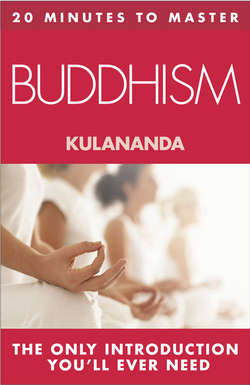Читать книгу 20 MINUTES TO MASTER … BUDDHISM - Kulananda - Страница 17
THE PATH OF TRANSFORMATION Perfect Emotion
ОглавлениеWe can often see the truth of something quite clearly at an intellectual level, but we have deep emotional investments which keep us from acting on them. Most smokers, for example, know quite clearly that smoking is killing them and they should quit, but at a deeper, more emotional, less conscious level they have no intention whatever of stopping smoking. We are not moved by reason alone. Time and again we can see that the emotions are, in fact, stronger than reason, and if we want to do anything of any significance we can only do so with the full co-operation of the emotional side of our nature. For most of us, the central problem of the spiritual life is to find emotional equivalents for our intellectual understanding. For this reason, Perfect Emotion, samma-samkalpa, comes as the first step after Perfect Vision.
Samkalpa is often translated as ‘resolve’, or ‘intention’, or ‘thought’, but it is more like ‘will’. It stands for the harmonization of the whole emotional and volitional side of our being with our vision of the true nature of existence.
Perhaps as a result of the theistic background of western culture, we tend to think, however unconsciously, that we are somehow fixed and unable to really change. ‘I am as I am – take me or leave me.’ Perhaps somewhere behind all this lurks the idea that ‘I am as God made me and I can’t do anything about it.’ Buddhism, however, suggests that there is no divine plan. What we are now is the result of the conditions which have preceded us, and by changing some of the conditions in the present we can change ourselves for the future. In other words we can consciously set out to change our emotional state for the better.
The Buddhist tradition has evolved a vast range of practices which are intended to generate more positive mental and emotional states. I explain some of these in Chapter 5.
